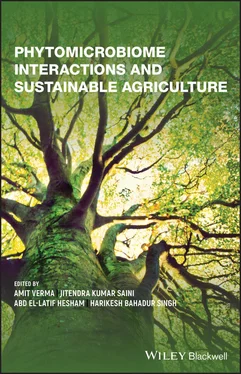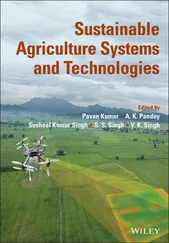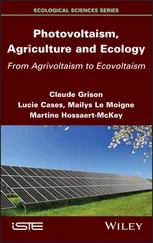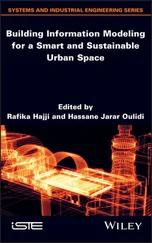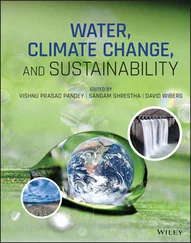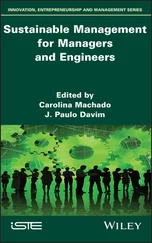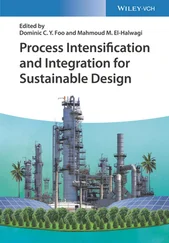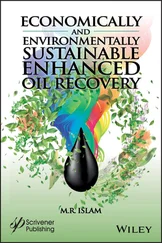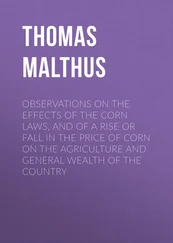Dr. Harikesh Bahadur Singhis a Professor in the Department of Mycology and Plant Pathology, Institute of Agricultural Sciences, Banaras Hindu University, Varanasi, India. Over the past 35 years, Professor Singh has served Central Universities and CSIR Institutes with his teaching and research skills. Professor Singh has been decorated with several prestigious awards, including the CSIR Technology Award by the Honorable Prime Minister of India, the Vigan Bharati award, the Mundukar memorial award, the BRSI Industrial Medal, the Vigyan Ratna by CSTUP, the Panchanan Meheshwari Medal, and many more, for his key role in translating agriculturally important microorganisms from lab to land. To his credit, he has 20 US patents, 350 research papers, 17 edited books, 70 book chapters, and 55 review articles. Professor Singh is also a Fellow of the National Academy of Agricultural Sciences. Professor Singh is serving as an associate/academic/board editor with journals of international repute.
1 Plant Root Exudate Analysis: Recent Advances and Applications
Shulbhi Verma and Amit Verma
S.D. Agricultural University, Palanpur, Gujarat, India
Root exudates are a group of chemical compounds released from plant roots, which contains the ability to alter the activity of soil and microbes below the ground. These chemical compounds are the basis of interaction among root, soil, and microbes in the rhizosphere and also assist in root colonization. Such interaction assists in development‐ and defense‐related activity in plants through enhancing the nutritional availability and suppressing disease occurrences by the alleviation of various stress factors. Root exudates pave the way for communication within the rhizosphere around plant roots, play a pivotal role in the soil system, and create phytomicrobiomes. Generally, plant root exudate consists of 10–40% carbon, primary and secondary metabolites, mucilage, protein, strigolactones, phytohormone, steroids, terpenoids, fatty acids, and nucleotide derivatives, which act as modifiers of rhizospheric soil ( Figure 1.1).
Moreover, different parts of the root release different chemical compounds into the soil, such as meristem, the root elongation zone exudes asparagine and threonine, the root hair zone releases various hydrophobic and hydrophilic amino acids, including phenylalanine, leucine, valine, and glutamic acid, aspartic acid excretes from all parts of the root zone, and the root tip secretes mucilage (Badri and Vivanco 2009). Root exudates characteristics and amounts get changed according to plant genotype, age, biotic, and abiotic stress state, health and disease conditions of the plant, the surface area of the root system, and root architecture (Badri and Vivanco 2009). Apart from the plant characteristics, the environmental factors also show an impact on the root exudation mechanism and exudate constituents (Canarini et al. 2019). Thus, understanding the mechanism of root exudation, and factors affecting it, is of prime importance to support environmentally sustainable agriculture and to alleviate the large use of agricultural chemicals that create biosphere contaminations.
Interaction of root exudates and microbes can change the face of the soil, and plants flourish under such conditions, which combats the ill effects of various environmental factors. Thus, root exudation directly effects plant development, which is beneficial to humans and the environment. It is well established that these interactions can promote the growth and productivity of plants, suppress plant disease, increase immunity and the defense of plants, increase nutrient availability and utilization of plants, and enable better coping mechanisms in stress conditions (Bais et al. 2006). Exudation and its interaction with microbes produces a great impact on soil fertility, which may replace the chemical fertilizer applications and pave a way toward eco‐friendly cultivation traditions. It is a well‐established fact that a link exists between the root exudate metabolites and the rhizosphere recruitment of different microbial communities (Schulz‐Bohm et al. 2018; Sugiyama 2019). Apart from interaction studies, root exudates research is at a culminating point with the development of aptamers specifically for root exudates, which can be utilized for development in a fertilizer system (Emily et al. 2013).
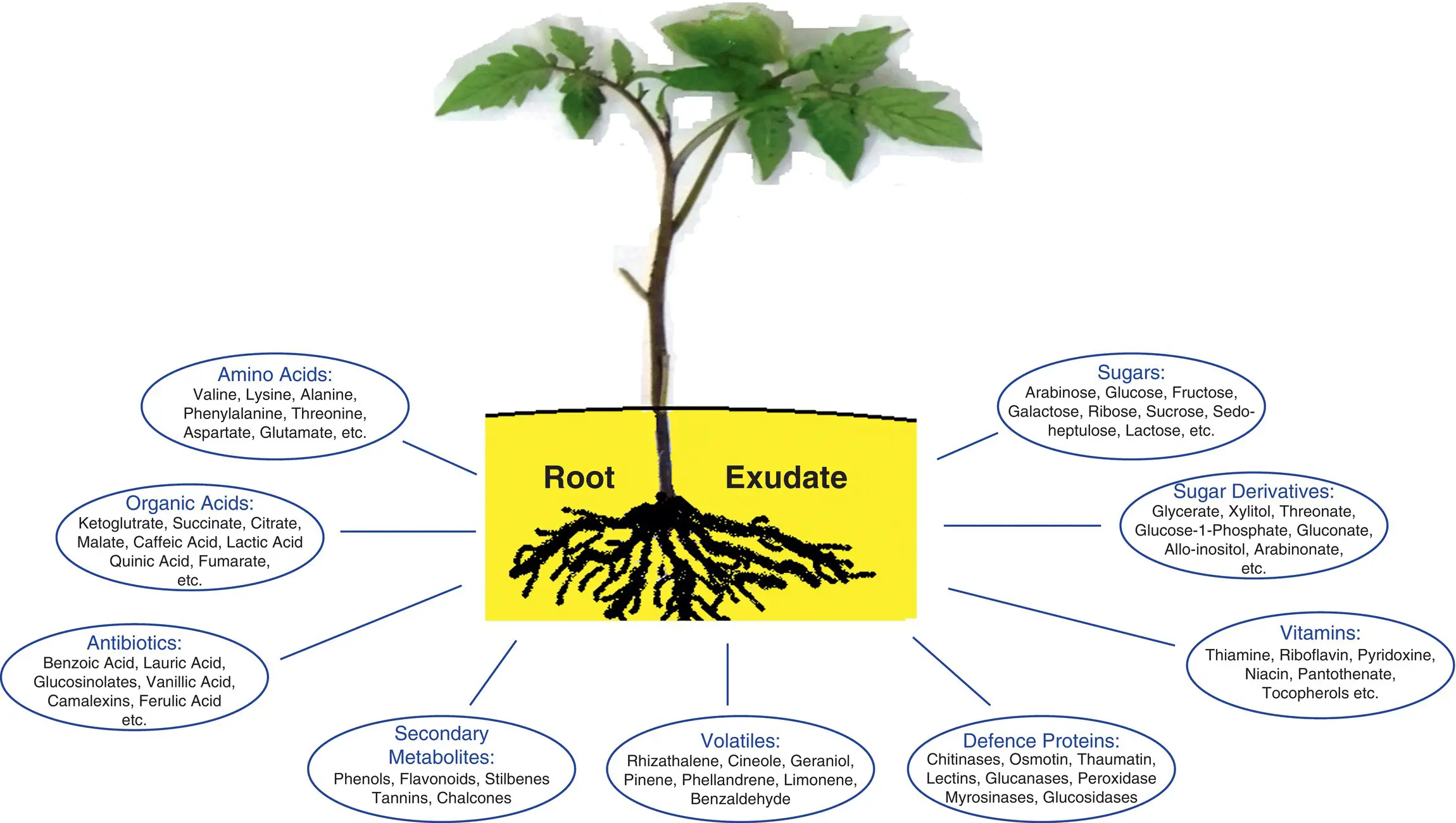
Figure 1.1 Classification of root exudates compounds: various compounds are found in the root exudation, which belongs to wide array of biochemical classes.
Root exudates exploration revealed the high diversity of chemicals in plant root exudates. Exudation profiling revealed the presence of chemical compounds, and explains the function of concerning chemical in the soil ecosystem and their effects on plant systems. Few technologies, such as NMR and MS, narrate the structural characters of exudate compounds for clearer observations and assist in unravelling the properties of these compounds that are present in root exudates (Verma et al. 2018). Thus, these studies are directed to the chemical synthesis of those compounds, which can be further utilized for conditioning the soil for particular crop cultivation and for paving a way toward “rhizosphere engineering” (Bais et al. 2006). Root exudates profiling may prove to be the strongest technique for elaborating on the root role and overcomes the plant‐ and soil‐ related issues that hinders crop productivity and sustainable agriculture.
1.2 Root Exudates Composition: Collection and Analysis
Root exudates chemicals secreted through plant roots are necessary for the soil environment as well as for the plant. Root exudates analysis is quite essential in order to know the function of chemicals present in the exudates. There were several procedures to know the compounds present in the root exudates, such as high performance liquid chromatography (HPLC), UV, visible absorption, transcriptome analysis, metabolomics, proteomics, and gas chromatography–mass spectrometry (GS/MS) utilized to determine various compound present in exudates ( Table 1.1).
There are several methods of root exudate collection from mature trees. The characterization of its composition has revealed the hidden capacity of root exudates in stimulating microbial activity and decomposition activity of organic soil matter (Phillips et al. 2008). However, the method depends on a realistic architecture to resemble the natural rhizosphere and doesn't accompany an accumulation of other compounds usually not present in exudate. Root secretion possesses several biological active compounds that reduce the dependency on chemicals in the soil and is safe for environment (Carlsen et al. 2012). To avoid the impact of microbes on root exudates profiles, sterilized water cultivation systems were adopted (Badri et al. 2008; Oburger et al. 2013; Strehmel et al. 2014). Furthermore, hydroponics strategy permits exudate sampling with minimum root damage. Root exudates collected in nutrition solution at three and seven days from model organism Arabidopsis thaliana for analysis by LC–MS revealed the difference in wild and mutant root exudates composition (Badri et al. 2008). As days increase, root exudates secretion increases, as shown in the seven‐day root exudates collection period in a nutrient solution that it is quite sufficient for analysis of chemical composition through ultraperformance liquid chromatographic–electrospray‐ionization technique–time of‐flight mass spectrometry (UPLC/ESI‐QTOFMS). This estimated 103 compounds includes different classes of biological compounds related to nucleic acids, secondary metabolites, amino acids, and defense molecules (Strehmel et al. 2014). In contrast, six hours of exudate of Zea mays exposed to different nutrient deficiencies were analyzed through HPLC and statistics were used to reveal the strong influence of a nutritional status of a plant to cope with a limiting nutrient supply (Carvalhais et al. 2010). The limitation of such hydroponic medium collection of exudates is a very different type of plant development as compared to a natural solid substratum growth of a plant. Therefore, a solid medium for exudate collection is designed utilizing vermiculite, sand, perlite, etc., which mimics the rhizospheric conditions more closely. Transcriptome and other omic technologies involved in the analysis of exudate from different microbes reveals the gene and protein involved in the plant microbe's interaction. However, root exudate collection from the natural rhizospheric region is still one of the best methods to collect and analyze root exudate of plants under different conditions. Apart from this, there is a requirement of keeping the physical parameter near to the natural conditions, especially pH and temperature conditions, during the collection of root exudate. Through root exudation analysis we came to know about the impact on microbes and function in rhizosphere, however, its collection is a major constraint during its analysis, due to a lower concentration and presence of many compounds in several times a higher concentration, which is irrelevant to root exudation. So, there is a requirement of using a combination of collection methods to analyze the root components with high accuracy in order to assign the function imparted by the respective component in the growth and development of plants.
Читать дальше
